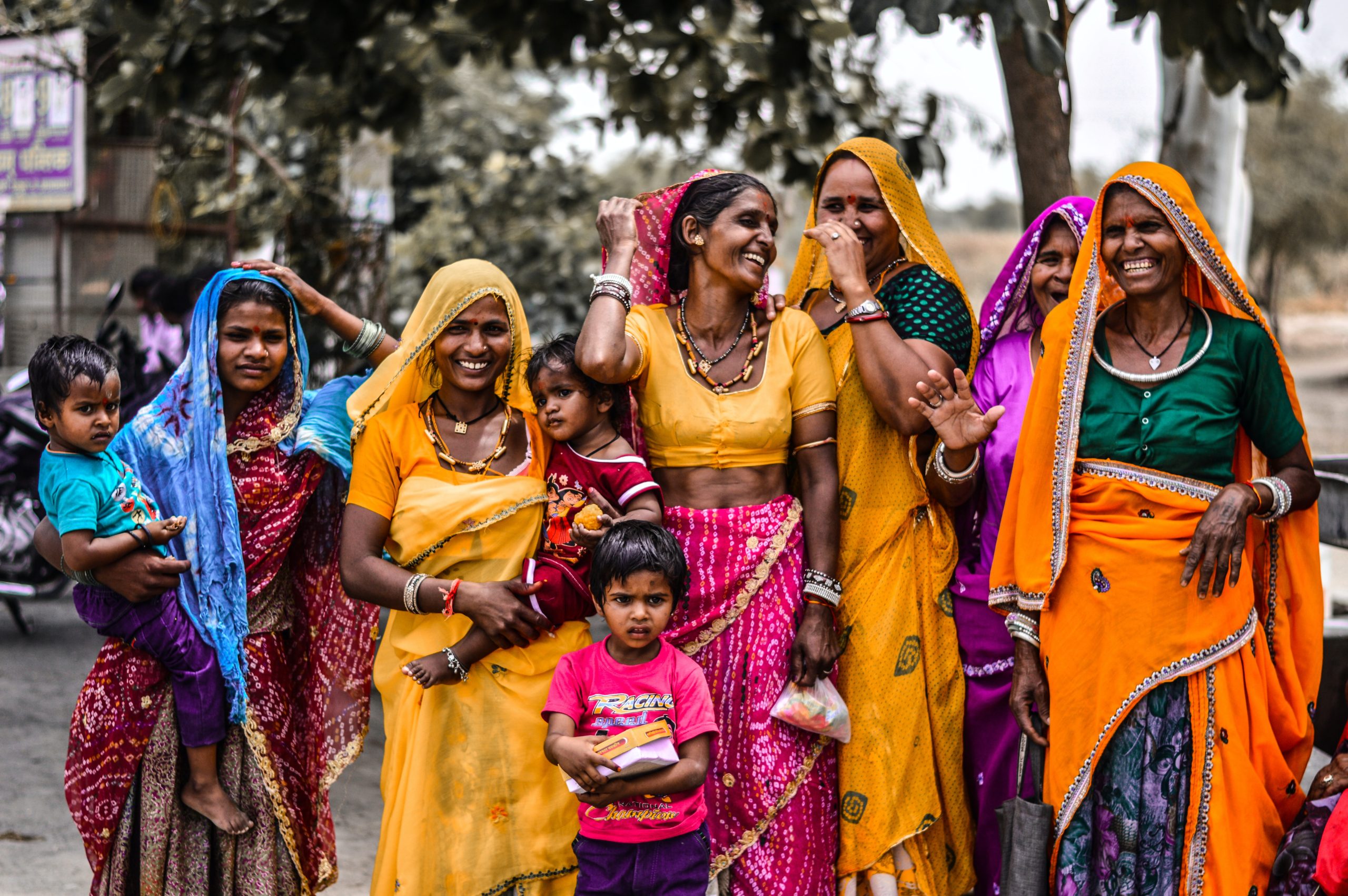A recent study conducted by Pascaline Dupas & Radhika Jain, published in June 2021, reports gender disparities within the Bhamashah Swasthya Bima Yojana (BSBY), a government health insurance program that targets 46 million poor individuals in Rajasthan, India. The authors analysed administrative data on over 4 million hospital visits under the program from its launch in 2015 through late 2019 and found large gender disparities on both the extensive and intensive margins of BSBY utilization.
Females account for only 45% of all hospital visits, with the biggest gaps among children under 10 years (33%) and adults 50 years and older (43%). These differences are considerably larger than can be explained by Rajasthan’s skewed population sex ratio. Differences in underlying health needs also cannot account for these gaps: across several health conditions, the female share of BSBY hospital visits is more than 10 percentage points lower than would be expected based on sex-specific illness prevalence estimates.
Given the relative prevalence, and using male BSBY utilization as the benchmark, the authors estimate over 225,000 missing female hospital visits between 2017 and 2019 for nephrology, cardiology, and oncology services alone. Females are particularly underrepresented in higher-value tertiary care. As a result of these disparities, public spending is pro-male: 57% of total spending and 60% of non-childbirth spending on BSBY is on males. Furthermore, the female shares of utilization and spending decrease over four years of BSBY implementation, even as total utilization increases substantially indicating that program expansion alone is insufficient to address these gender gaps.
The authors provide evidence that male-biased household resource allocation is a key factor behind the observed disparities in BSBY utilization. Using over 20,000 surveys with BSBY patients, they document widespread out-of-pocket (OOP) charges by hospitals for care that is supposed to be free under the program and shows that these charges disproportionately deter care-seeking for females. They also show that female utilization decreases relative to male utilization as the distance to the nearest hospital increases and, conditional on getting care, households travel significantly further for male care. These relationships are consistent with findings that some households are more willing to spend on male than female health, which results in disparities in utilization. Hospital empanelment increases female utilization substantially, but increases male utilization by a similar proportion and fails to reduce gender disparities.
A key insight from these results is that when a large share of households prefers to spend their marginal rupee on males due to gender bias, lowering costs may not necessarily reduce disparities because males may benefit as much or more than females. This goes against the common assumption, implicit in much government policy in India, that expanding geographic access and reducing the cost of health care will automatically reduce inequalities, but is consistent with theories of intra-household inequality and discrimination. Gender-neutral subsidies may increase levels of utilization for both males and females, thus benefiting females substantially, but addressing gender disparities may require additional strategies that explicitly target barriers to female care-seeking and gender bias.
Authors: Pascaline Dupas & Radhika Jain
Read more here


